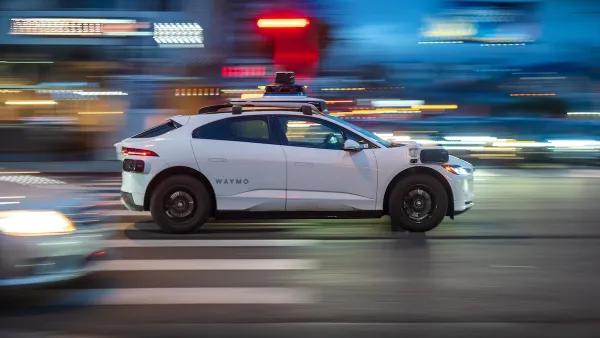When the new headquarters for the Bullitt Foundation opens this April in Seattle, it will be among the first to meet the Living Building Challenge - "the most stringent green standard around." But getting there isn't easy, and may be illegal.
Designed by Miller Hull, the Bullitt Center is anticipated to become the first U.S. office building without a carbon footprint. To meet the stringent requirements of the Living Building Challenge, it will need to meet 100 percent of its energy needs with on-site renewables, 100 percent of its water needs with on-site rainwater collection, and have complete on-site waste management. "But if the architects succeed," writes Lamar Anderson, "they may run afoul of the law."
"'If you really want to build a green building today in any city in the United States, you’ll find yourself in violation of maybe two dozen regulations and laws,' Bullitt Foundation president Denis Hayes quips in a video about the building." For example, notes Anderson, "[i]n Washington, it’s illegal to take what is arguably Seattle’s most abundant renewable resource—rain—and filter it for drinking."
"The Bullitt Center will use its treated rainwater for graywater until that law changes, at which point the building’s cistern would begin pumping collected rainwater through a green roof and into an ultraviolet filtration system for disinfecting, then finally to sinks, water fountains, and about a hundred Klean Kanteens."
“Our whole purpose is to be an instrument of change, ” says Hayes, “and to use this building not just to influence developers and architects, but also the bankers who finance all of these things, the city governments that set up the codes that make living buildings illegal almost every place in the world—all of the people who are involved in making these kinds of decisions.”

Planetizen Federal Action Tracker
A weekly monitor of how Trump’s orders and actions are impacting planners and planning in America.

Restaurant Patios Were a Pandemic Win — Why Were They so Hard to Keep?
Social distancing requirements and changes in travel patterns prompted cities to pilot new uses for street and sidewalk space. Then it got complicated.

Map: Where Senate Republicans Want to Sell Your Public Lands
For public land advocates, the Senate Republicans’ proposal to sell millions of acres of public land in the West is “the biggest fight of their careers.”

Orange County, Florida Adopts Largest US “Sprawl Repair” Code
The ‘Orange Code’ seeks to rectify decades of sprawl-inducing, car-oriented development.

Maui's Vacation Rental Debate Turns Ugly
Verbal attacks, misinformation campaigns and fistfights plague a high-stakes debate to convert thousands of vacation rentals into long-term housing.

San Francisco Suspends Traffic Calming Amidst Record Deaths
Citing “a challenging fiscal landscape,” the city will cease the program on the heels of 42 traffic deaths, including 24 pedestrians.
Urban Design for Planners 1: Software Tools
This six-course series explores essential urban design concepts using open source software and equips planners with the tools they need to participate fully in the urban design process.
Planning for Universal Design
Learn the tools for implementing Universal Design in planning regulations.
Heyer Gruel & Associates PA
JM Goldson LLC
Custer County Colorado
City of Camden Redevelopment Agency
City of Astoria
Transportation Research & Education Center (TREC) at Portland State University
Camden Redevelopment Agency
City of Claremont
Municipality of Princeton (NJ)




























